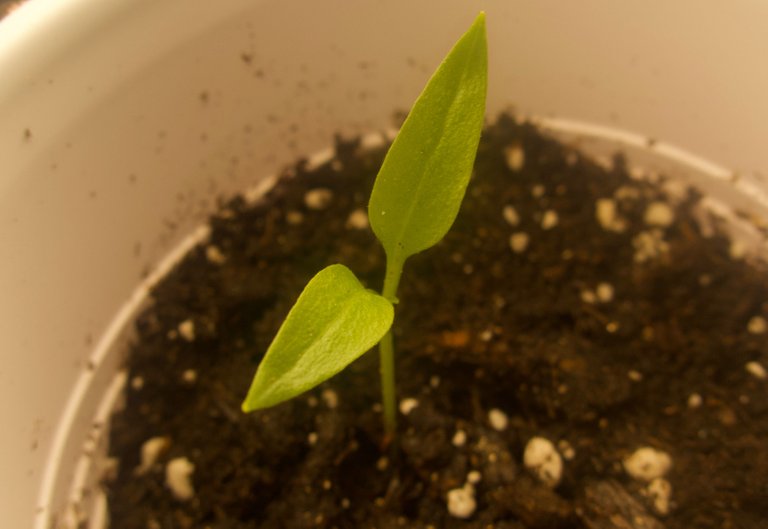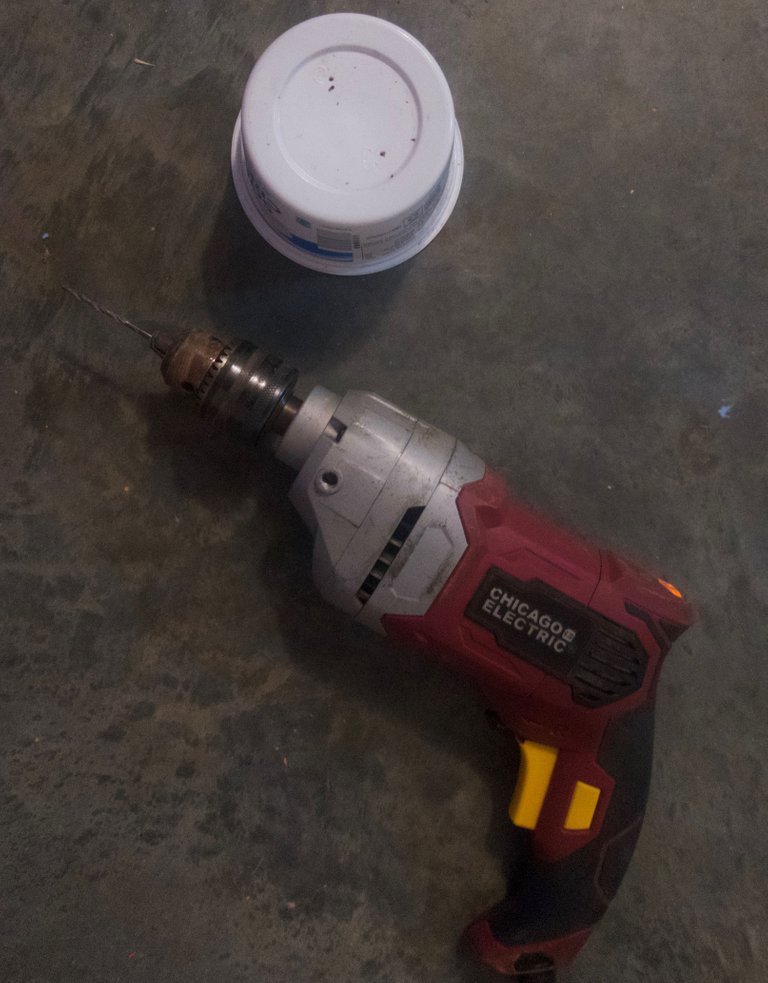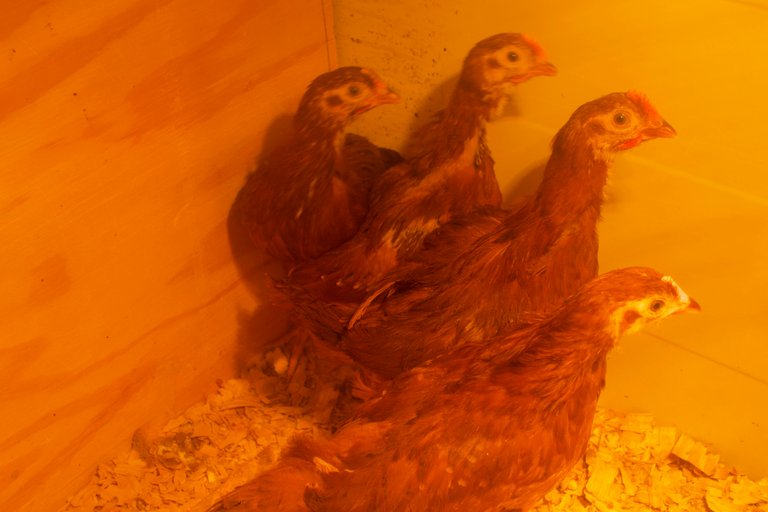I have continued to follow closely the COVID-19 fallout in the food supply business. Producers are getting killed. Many have few options to move crop or livestock, with prices below cost for many goods. As many breathless headlines report, farmers and ranchers are turning over their field or butchering their herd and letting it rot. The real bottleneck is of course the packing and logistics industries, with many meat processing plants shut down and labor inaccessible.
Local need
I live in a small town outside a larger town. The effects of widespread joblessness, despite the pittance of helicopter money, is beginning to be really felt. Our local food bank typically serves 100 families, which was up to 115 by the first of this year (I attribute this to the weakening economy and fake recovery). Now, we have 750 families, projected to increase to 1000 within days. I am volunteering for the food collection, and we had a very generous turnout this last week from the community. But it is a relentless process. Once we finish one distribution, we have five days to collect enough food for the next. And it is getting harder to find large quantities of dry goods to purchase.
Starting seeds on the homestead
We are very fortunate that we have spent years in developing the skills to bring our spring crop to the table. We have been preparing for days like this for a decade, so we can definitely share and are planning on donating at least 10% of our garden output to the food bank.
Normally, I only plant about half my garden full during the very early spring, but this year I planted it 90% full. I am planning to turn the whole thing over into a mid-summer garden to maximize yield. So I am later than normal in getting my seeds started.
The process I learned from my dad
Start seeds in seed trays. This minimizes culling and seed waste. I use normal potting soil, and have never paid for the seed starter blend.

Once the first leaf as formed, pot up into a larger container. We collect plastic food containers all year to use for this purpose, and I have never purchased potting containers. I rinse them out with soap and water and drill a small hole in the bottom for drainage. You can just use a tack or nail too to punch a hole.

I keep them under two shop lights about 3" above the plant. One of them is LED now.

After 3 weeks, I put outside to harden or in the cold frame.
We will plant the peppers, tomatoes, basil, and oregano the weekend after Mother's Day. Sweet potato slips go in the ground memorial day this year.
Sexing rhode island red pullets
Lastly, our new brood is doing well. I believe we have two roosters and two hens. In this picture, I am calling the ones in the middle the boys due to red and pronounced combs. I am hoping someone will confirm or deny this, but two hens, 1 broiler, and 1 rooster would be a great distribution from straight run chicks.

COVID-19 Diary on the homestead
Day 1:on the homestead
Day 2: food security
Day 3: potatoes and resilience
Day 4: sweet potato slips
Day 6: opportunity and risk
Day 7: sustainable food
Day 9: profitable food production
Day 15: small engine repair and goodbyes
Day 21: bullheads and fish oil
Day 33: new brooder, furlough, providence
Day 35: depredation management